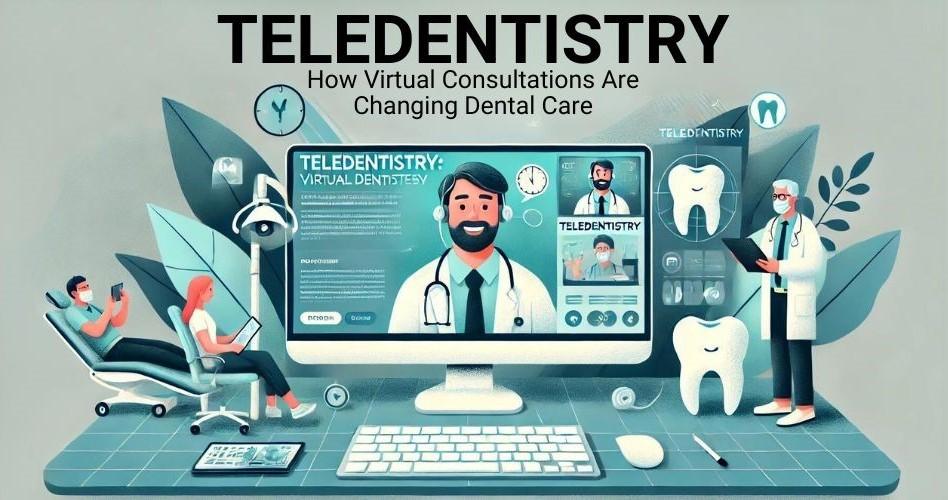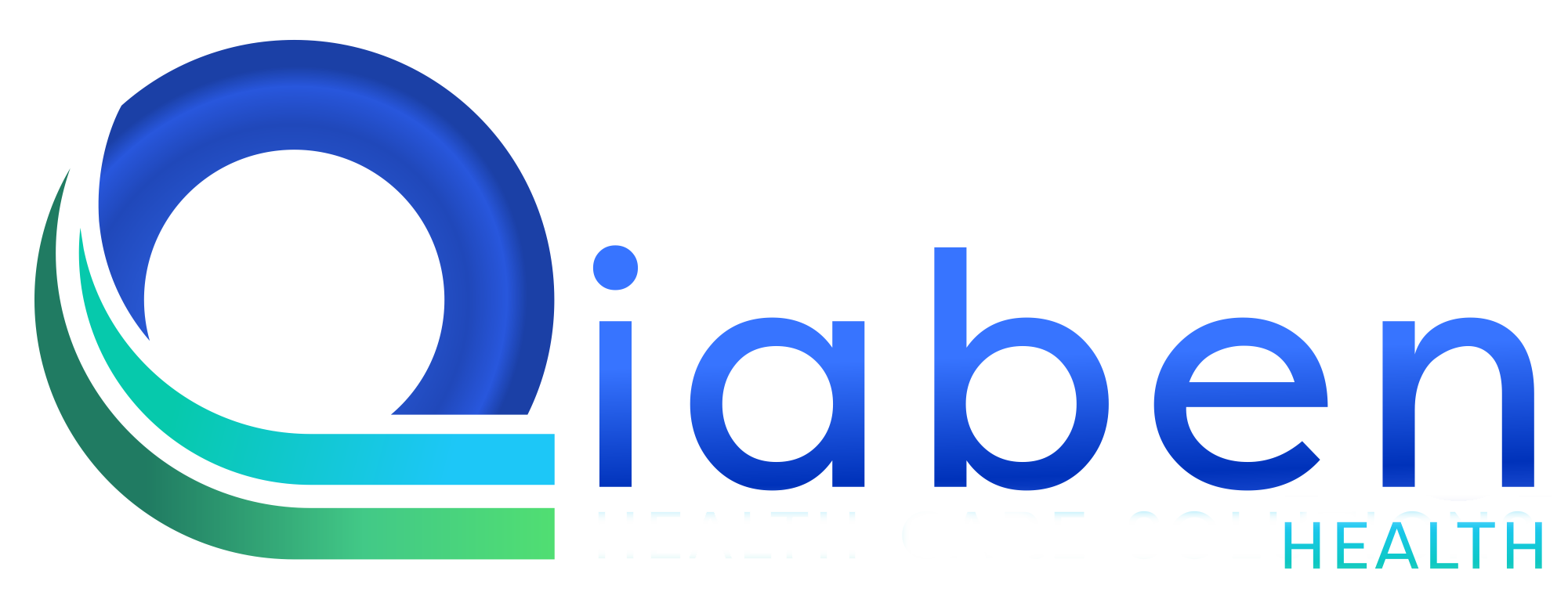An In-Depth View for Every Practice The dental world is always on the move, and with-it advancements are made to the billing systems and revenue management processes. Proper utilization and management of the cash flow remain a core aspect, if not the most critical of all the processes in the organization. So, as the processes tend to be more and more intricate, practices need to have a pulse on shifts within the industry to avoid being inefficient and incurring huge mismatches. There are some beliefs. Likely trends are emerging in 2024 to further inform how they handle billing for better operations and client satisfaction. In this article, we will be discussing the trends in dental billing for 2024 and how these trends should be used by the dental practices in order to edge the competition and achieve greater growth.
1. Automation and AI Integration in Billing

The movement towards automation and AI integration in billing Let’s begin our coverage with
what relates closely to the most critical processes of a dental practice. One of the most powerful
impacts is bound to be in the trends where the movement towards automation in addition to
integration of AI-powered solutions will become increasingly common practice.
As a result, they are now able to capitalize upon such technologies, which enable improved
efficiency in carrying out mundane everyday operations associated with billing. AI-based
billing solutions can seamlessly complete tasks such as submitting insurance authorizations,
checking eligibility, and even bill coding.
The use of AI can lead to reduced chances of claim rejections, faster reimbursement, and lower
time spent on manual processes. Also, it can be helpful in the administrative part since
automated systems could detect problems like coding or having the correct eligibility for a
patient prior to the claim submission.
How to Leverage This Trend:
• Look for dental billing management systems that have a built-in artificial intelligence
feature.
• Get your staff acquainted with workflow automation tools to make the transition from
a manual process easier.
• Make sure to consistently assess and modify the system in line with new laws and
coding developments.
2.More practices are outsourcing their billing responsibilities.
Previously, Edmonton dental billing practices relied on the dental office’s internal billing
teams; billing practices have evolved with time, and now more practices are outsourcing billing
during the patient’s payment cycle. Outsourcing of dental billings allows the dental practices
to give attention to the patients because the processes of coding, insurance billings, and general
tracking of claims become the responsibility of a third party.
Since dental billing has been outsourced, companies providing this service have gained
substantial operational knowhow on tooth-related billing. These providers assist in verifying
insurance, coding, submission, and handling incomplete billings. By working with a known
dental billing company, practices reduce costs and the cost of inaccuracies due to ill-trained
billers, and the practice maintains cash flow
How to Leverage this Trends
• Balance the outsourcing pros and cons with the in-house management of billing system
users.
• Look for a professional dental billing services provider with extensive experience in
the region and in the area of specialization.
• Confirm that an outsourced provider implements compliance-centered regulations on
patient information, such as HIPAA policies.
3.Concentration on Real-Time Insurance Verification
Real-time insurance verification is the most demanded tool in dental billing software. In 2024,
there will be greater emphasis for patients to receive an estimate regarding their dental care
pricing. Additionally, it is crucial for the practice to establish concrete expectations concerning
the insurance plan’s coverage of the specific procedure even before the appointment begins.
Insurance verification tools, instant in their nature, are beneficial in the checking of patients’
coverage, co-pay amounts, deductibles, as well as the remaining benefits of the practice.
This trend is not only improving the experience of the patient but also decreasing the rate at
which claims are angered, and the need for further communication on the issue is raised. Armed
with an advance knowledge of how much patients would have to pay out of their pockets, they
don’t have to be shocked by additional payments after treatment while the practice is assured
that claims lodged are legitimate and sufficient.

What to Do
• Make real-time insurance verification tools available in your practice management
system.
• Give appropriate training to employees to ensure that such tools are used during
scheduling and check-in so as to facilitate patient visits.
• Ensure up-to-date records for each of the patient’s insurance status to eliminate
misunderstandings.
Shift on the Patient Business Perspective As part of operating a dental practice, billing details
need to be as transparent as appropriate in the coming year of 2024, more so the payment
options available.
4.Focus on patient-centered billing
Due to the steady emergence of new healthcare costs, patients have become price-sensitive and
seek more transparency in the billing process.
The specialized billing services empower patients with efficient invoice-generating services
that allow them to explore their payment options with ease prior to the execution of said
invocations. Emphasizing patient-centered billing practices helps to enhance patient and
practice satisfaction by decreasing unwarranted expenses made by the practice associated with
uncatered bills or hidden charges.
How to Benefit from This Trend
Provide patients with several options when it comes to payment, including online payment
options, credit cards, or payment plans.
5.Adapting to Changes in Coding and Regulations
In the year 2024, developments relating to the updated CDT codes advanced by the American
Dental Association will determine how billing for dental services will be carried out
effectively. The calendar year of every year is associated with changes as new codes become
available while some codes become obsolete. This on its own spells out the need for continuing
education on the part of the dental billing personnel and constant modification of the billing
platforms in use.
In addition to these changes, newly introduced policies such as the No Surprises Act, which
aims to avert unexpected medical expenses, have changed the trend of how dental billing
practice is administered in practice—especially for such services that are offered out of the
network.
If the practices do not observe these minimum ethical standards, there is a risk of penalties and
erosion of patients’ trust in the practices.
How to Leverage This Trend
• Provide ongoing education for your employees or organize seminars so they become
up to date with the requisite CDT codes.
• Make sure that your billing software is operable with the most current codes and
regulations.
• Notify any patient when there are changes to the regulations concerning out-of-pocket
costs, if applicable, or insurance coverage
6.Tele-dentistry and the Remote Billing Practices: The Innovation Gap
The popularity of tele-dentistry has raised the issues of remote billing as well as created some
new issues. Because dental practices continue to expand their general practice and provide
dental services remotely, there will be a need for billing systems that would utilize telehealth-
specific codes and other billing processes. In many instances, tele-dentistry codes bill a
different level for reimbursement, and these services may frequently be covered by a different
insurance policy than the insurance carried during an in-person visit. That will make it ideal
for practices to know the details of billing practices remotely.
Tele-dentistry is equally increasing the demand for smart, simple, and secure payment systems,
as most patients now prefer to pay for their remote consultation.

How to Leverage This Trend
• Ensure that your billing software utilizes the tele-dentistry coding and processes.
• Know the tele-dentistry insurance reimbursement policies applicable to your state.
• Facilitate secure online payments for patients who opt for virtual care.
7.Cherishing Denial Management and Resubmission of Claims
It is noticeable that in 2024, dental practices are looking towards managing denials more
effectively. A rejected or denied claim takes with it the cash of a practice, and as much as
possible, smarter systems of denial tracking and resubmission can be put in place so that such
losses do not linger on.
Claims denial management is best facilitated by dental medical billing software that features
some advanced functions. Such functions include obtaining the reasons for claim denial,
tracking or keeping a record on why some claims are often denied, and correcting them while
re-submitting claims and making all the necessary changes. Dental practitioners who employ
the best practices for denial management are able to obtain their funds faster with minimized
claim rejections.
How to Use This Trend to Your Advantage
• Use billing software with detailed reports on claim denial or rejection reports.
• Enable the staff working in practices to know the common coding and insurance denial
reasons.
• Effect prompt, simple, and effective simple processes that will verify the claim denial
reasons, rectify them, and resubmit the claim again
Conclusion
Nevertheless, the dynamics of dental practice billing are changing very fast, and if practices
are to be relevant in 2024, then they should adapt to the changes therein. For instance, the
incorporation of AI and automated solutions in billing, designing bills that are favorable to
patients, and staying abreast of the coding and regulatory frameworks are some of the changes
that will improve practice efficiency and revenue cycles.
It is true that other trends exist in practice. Those who manage these trends in their practices
easily get their practice operations in shape that will withstand the challenges of the future.
The use of outsourcing billing services or other new software solutions, if adopted, would help
dental offices increase their cash flow, reduce claim denials, and hence attain better financial results.







